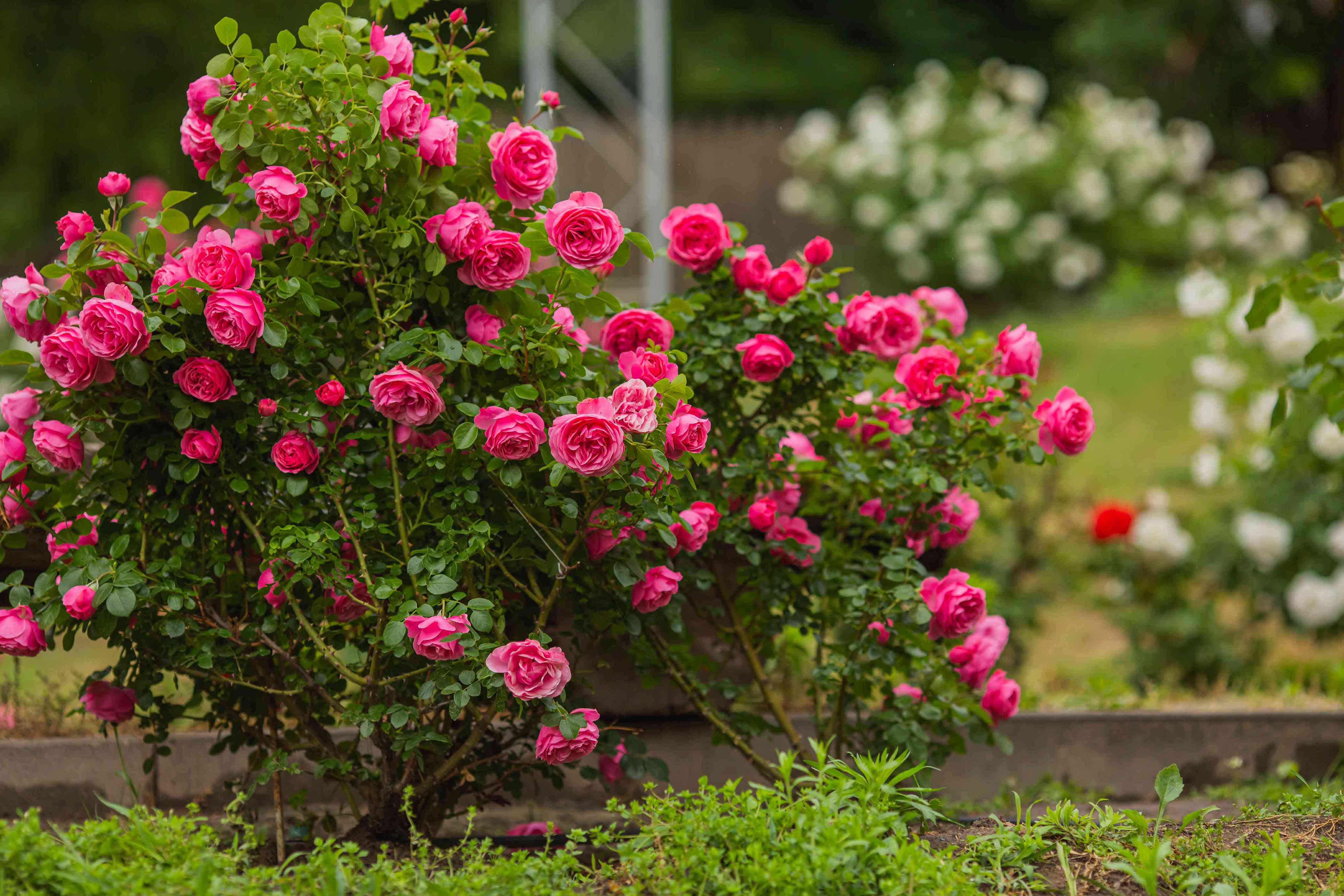This Simple Potato Trick Is the Easy Way to Grow Rose Cuttings, According to a Gardener

Struggling to grow a successful rose bush in your garden? This isn't uncommon. Roses can be a hard-to-grow variety thanks to their growing requirements and regular maintenance, which leads to less-than-eye-pleasing rose stems . But, if you're growing a vegetable garden at the same time, turns out you only need one item from your harvest: a healthy potato!
That's right--there's been some evidence that suggests potatoes might be a good resource to turn to if your struggling to propagate roses. While some say this method hasn't worked for them, others have found success. We were curious to know the best tips and tricks to make this hack as successful as possible, so we spoke to an expert gardener for their advice.
Here's everything you need to know about how to grow rose cuttings in potatoes for your best chance at a healthy, flourishing garden with your favorite blooms.
Meet the Expert
Tammy Sons is a gardening expert and CEO/Founder of TN Nursery.
Can You Grow Rose Cuttings In Potatoes?
To make a long answer short: yes, you can grow rose cuttings in potatoes! Or, you can at least try to. In fact, this is a very smart method to try if you struggle to keep your roses hydrated and well-watered to ensure healthy growth. To make this hack even better, it's fairly simple to try, too.
"The method of using potatoes to grow rose cuttings has proven to be both enjoyable and effective while gaining widespread interest among gardeners," says Tammy Sons, gardener and founder of TN Nursery. "During the rose's root development, the potato both supplies steady moisture and nutrients while also shielding the delicate cutting from diseases."
In essence, you're using the potato to speed up the rooting process, which is crucial for producing established roses. It's important to note that you won't actually be growing roses in potatoes, just starting the process.
Once your rose cuttings have developed their roots, you'll then transfer the cuttings to your garden where they will continue to grow and produce colorful buds for a striking visual.
So if you notice the roses you're trying to propagate seem to need a little help, grab a potato from your pantry and try this hack!
Want more gardening tips? Sign up for our free gardening newsletter for our best growing tips, troubleshooting hacks, and more!
How to Grow Rose Cuttings In Potatoes
To grow rose cuttings in potatoes, you will need a few tools such as: sharp scissors or gardening shears, rose cuttings, a healthy potato, a drill or corkscrew, and rooting hormone gel. Once you have all the supplies on hand, follow these steps to plant your rose cuttings in your potato.
- You will just need to cut one rose stem to place in your potato, and it should be a healthy one. Sons says the stem should measure 6-8 inches, and you should trim it with your gardening shears just below a node before removing all the leaves.
- Next, use your drill or corkscrew to cut out a hole in the raw potato that's just a little bit smaller than your rose cutting.
- Before you insert the rose cutting, it's best to add a few drops of your hormone gel into the hole to add the extra nutrients that will help the rose's roots establish.
- Now you can insert the rose cutting into the hole. There should be a secure fit since your hole is smaller than the stem.
- Sons says the last step is to plant your entire assembly in a pot with well-draining soil before covering with a jar or plastic bottle to produce the right humidity levels.
Frequently asked Questions
Can I grow an entire rose bush from potato-grown cuttings?
Yes, it is possible to grow an entire rose bush from potato-grown cuttings. The key is waiting until you seen roots have been properly established in the potatoes before transferring your cuttings to your garden.
Do I need rooting hormone to grow rose cuttings in potatoes?
Using a rooting hormone to grow rose cuttings in potatoes is optional, but it greatly increases your chance of successfully growing rooted cuttings in potatoes.
Read the original article on The Spruce
Post a Comment